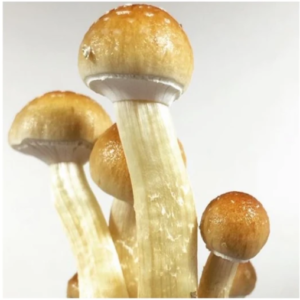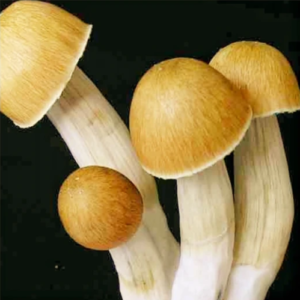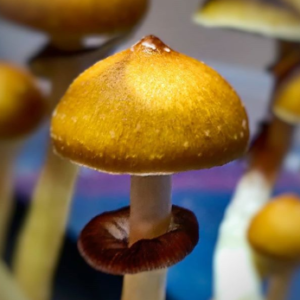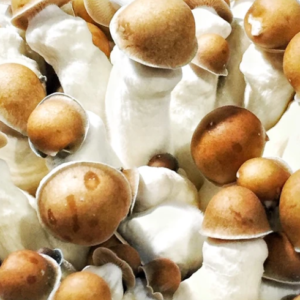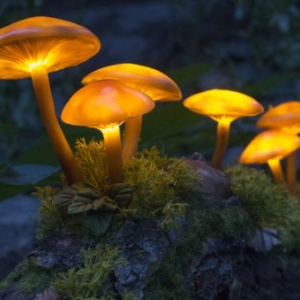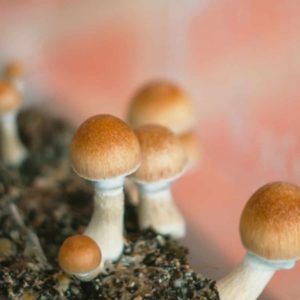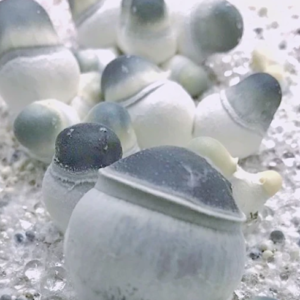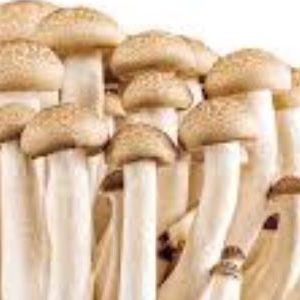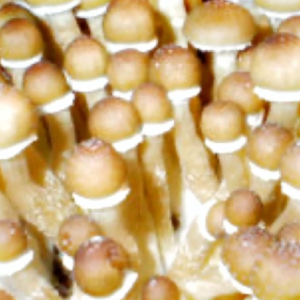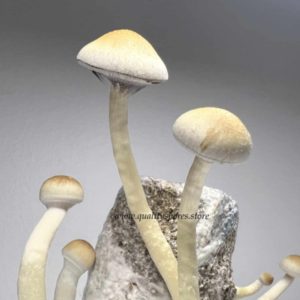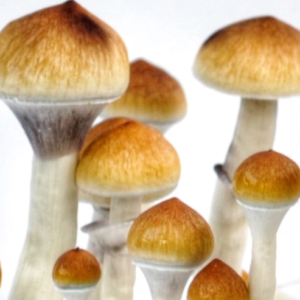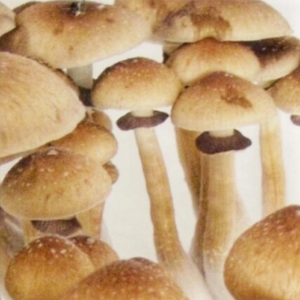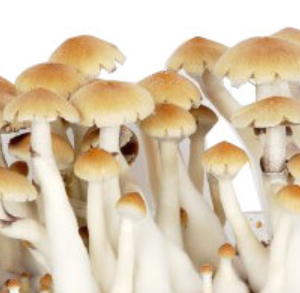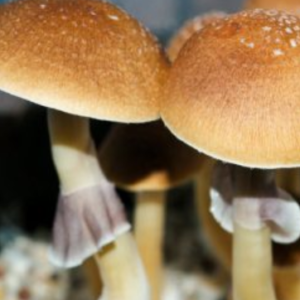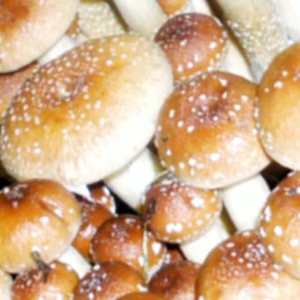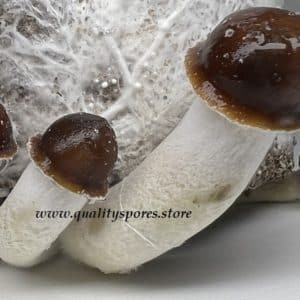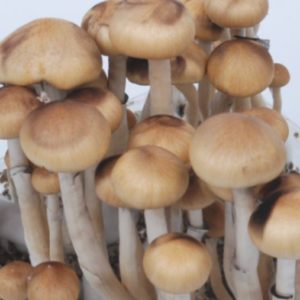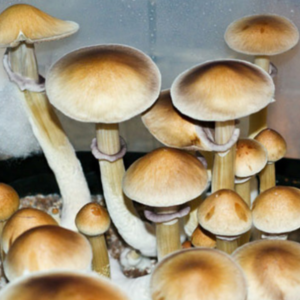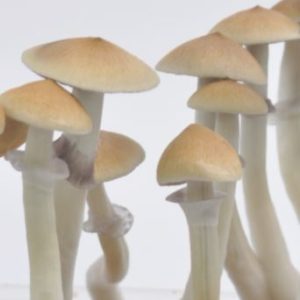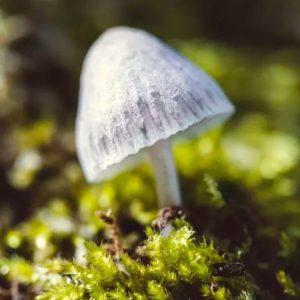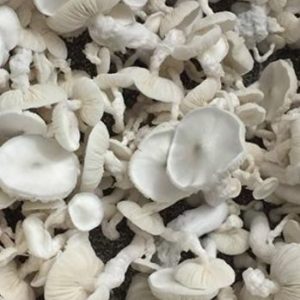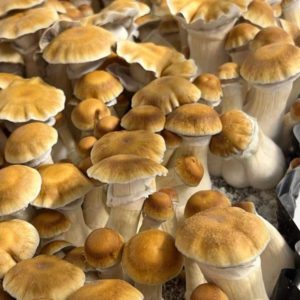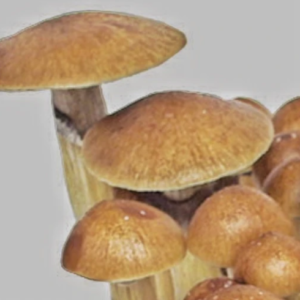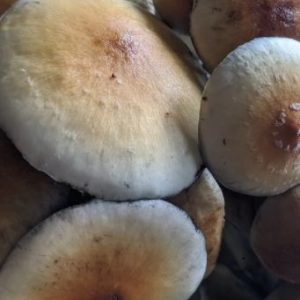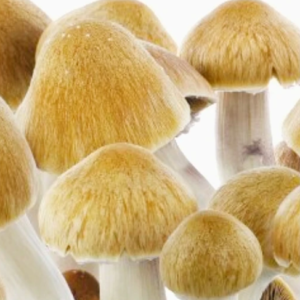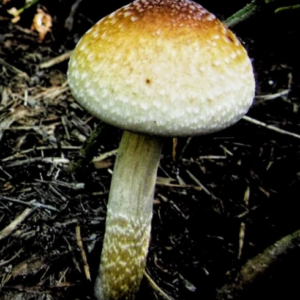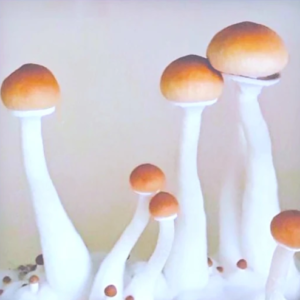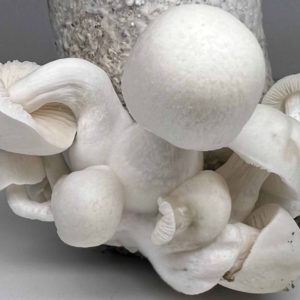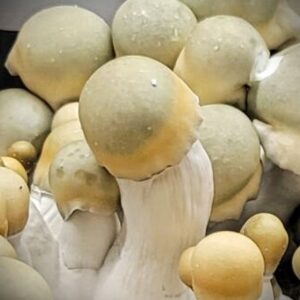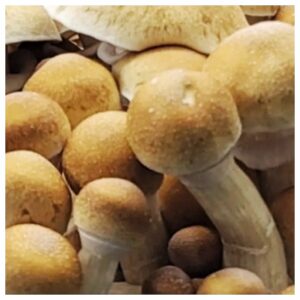Quality Spores Weekly Deal:
BUY 1 G/T , GET 1 CHOCOLATE KRINKLE BRAIN FREE
Enjoy The Research!
Mushroom Spore Syringe Shop
Showing all 34 results
-
Golden Teacher Mushroom Spores
$22.99 Add to cart -
B+ Mushroom Spores (B Plus Spores)
$22.99 Add to cart -
Jedi Mind Fuck Mushroom Spores
$35.00 Add to cart -
Penis Envy Mushroom Spores
$29.99 Add to cart -
Sale!
Luminous Lucies | Luminous Lucy Spore Syringe
Original price was: $39.99.$28.99Current price is: $28.99. Add to cart -
Blue Meanie Mushroom Spores
$22.99 Add to cart -
Albino Penis Envy Mushroom Spores (APE)
$29.99 Add to cart -
White Teacher Mushroom Spores | White Golden Teacher Spores
$32.00 Add to cart -
Pink Buffalo Mushroom Spores (The Pink Buffalo)
$22.99 Add to cart -
Hero Mushroom Spores: Cubensis Cross Strain
$35.00 Add to cart -
Amazonian Mushroom Spores (PES Amazonian Spores)
$22.99 Add to cart -
Mexican Dutch King Mushrooms Spore Syringe
$22.99 Add to cart -
KSSS Spores | Koh Super Strain Spore Syringe
$35.00 Add to cart -
Figi Island Mushroom Spores | Fiji Island Mushroom Spore Syringes
$22.99 Add to cart -
Creeper Mushroom Spores | Creeper Cubensis
$22.99 Add to cart -
MVP Spores | Most Valuable Producer Spore Syringe (TAT) (AMVP Mushroom Spores)
$32.99 Add to cart -
Mazatapec Mushroom Spores
$21.99 Add to cart -
Burma Mushroom Spores | Burma Mushroom Spore Syringe
$22.99 Add to cart -
Cambodian Mushroom Spores | Cambodian Mushroom Strain
$22.99 Add to cart -
Texas Ghost Spores | Ghost Mushroom Spores
$27.99 Add to cart -
Jack Frost Mushroom Spores (Jack Frost Spore Syringe)
$32.99 Add to cart -
Huautla Mushroom Spores | Huautla Cubensis
$22.99 Add to cart -
RIP Tide Mushroom Spore Syringe
$32.99 Add to cart -
Treasure Coast Cubensis Spores | Treasure Coast Spore Syringe
$22.99 Read more -
Maui Platinum Spores – Maui (PES Hawaiian) Spore Syringe
$22.99 Add to cart -
Equador Mushroom Spores | Equador Spore Syringe
$22.99 Add to cart -
Nepal Chitwan Spores (Nepal Chitwan Spore Syringe)
$22.99 Add to cart -
Malabar Mushroom Spores (Malabar Coast Cubensis)
$22.99 Add to cart -
Pearly Gates Mushroom Spores
$24.99 Add to cart -
Enigma Brain Coral Mushroom Solution | Enigma Brain Coral Solution Syringe
$35.00 Add to cart -
Bluey Vuitton Mushroom Spores I Bluey Vuitton Spore Syringe
$29.99 Add to cart -
Makilla Gorilla Mushroom Spores l Makilla Gorilla Spore Syringe
$29.99 Add to cart -
Hillbilly Mushroom Spores l Hillbilly Spore Syringe
$22.99 Add to cart -
Chocolate Krinkle Brains Mushroom Solution | Chocolate Krinkle Brains Solution Syringe
$35.00 Add to cart

